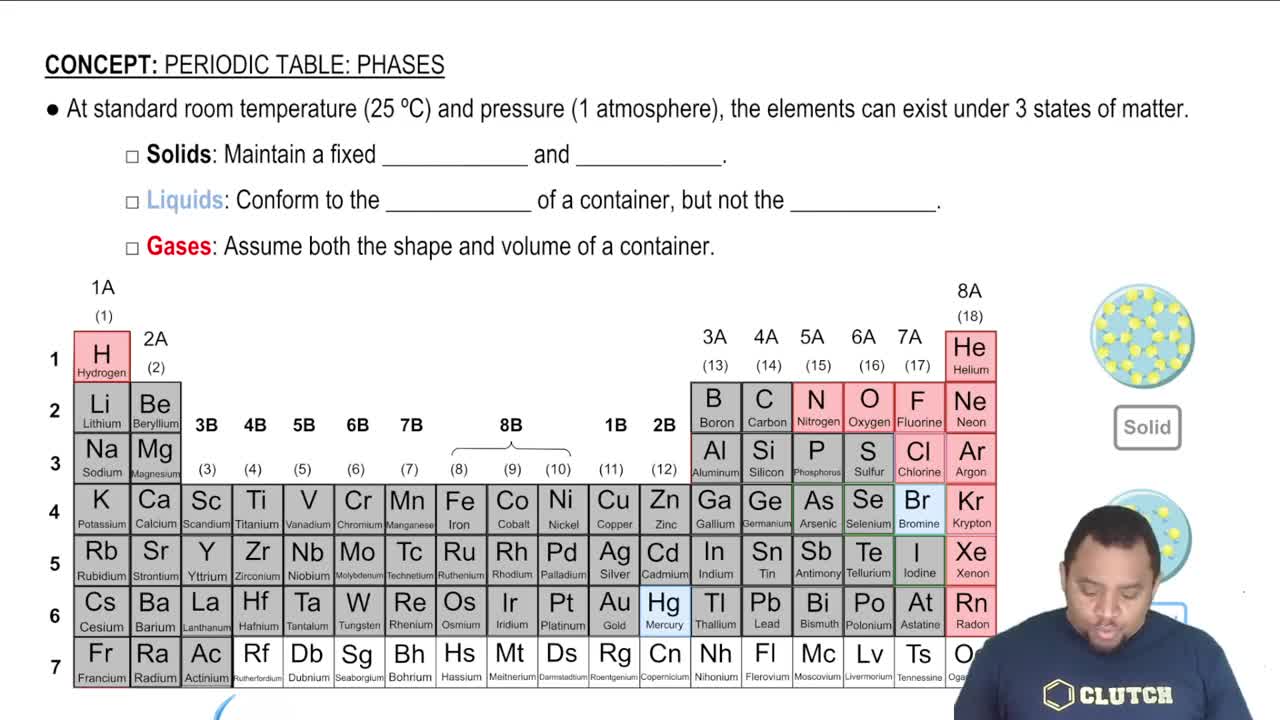Write the balanced chemical equation for the complete combustion of each of the following compounds:
c. 2,3-dimethylhexane
 Verified step by step guidance
Verified step by step guidance Verified video answer for a similar problem:
Verified video answer for a similar problem:


 2:25m
2:25mMaster Common Types of Alkane Reactions Concept 1 with a bite sized video explanation from Jules
Start learning